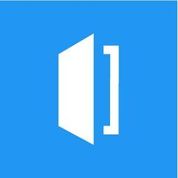JustDispatch.Me is a Field Service Management Software. JustDispatch.Me offers Analytics (Workforce), Reporting, Route Optimization, Real-time Job Tracking, Job Scheduling and many more functionalities.
Some top alternatives to JustDispatch.Me includes Service Fusion, Housecall Pro, ServiceTitan, mHelpDesk and Dispatch Science.
No, JustDispatch.Me doesn't provide API.
Yes, JustDispatch.Me provides a mobile app.
JustDispatch.Me is located in New York, NY
JustDispatch.Me offers Free Trial, Subscription pricing models
The starting price of JustDispatch.Me is $49/Month














